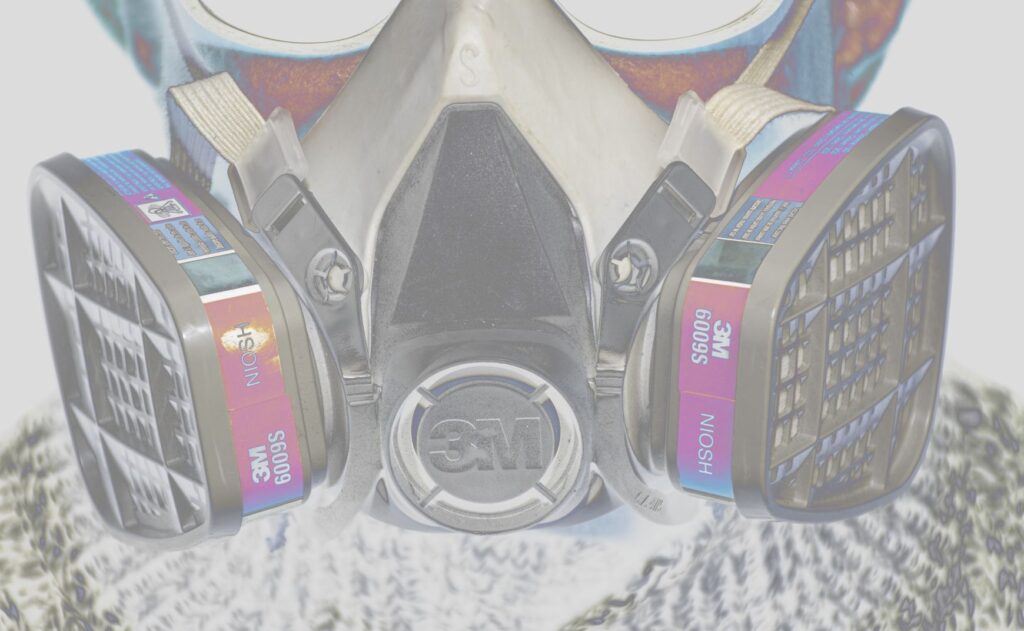Health Hazards – Chemical
How to protect yourself from chemical hazards
Start by choosing safer products.
- Whenever possible, opt for products with the least hazardous chemicals in them.
- 3-free: Some products now claim to be made without the “toxic trio” (toluene, formaldehyde, and dibutyl phthalate). These products are called “3-free” products.
- Acid free: Some primers claim to be made without chemicals like methacrylic acid. These are labeled “acid free.”
- Always read product labels and MSDSs (Material Safety Data Sheets) or SDSs (Safety Data Sheets), and follow manufacturers’ instructions when using all nail salon products, including those labeled as “free” of hazardous chemicals.
Ventilate the room to let fresh air in.
Ventilation is the best way to lower the level of chemicals in the salon. The following steps can really help improve your health:
- Open doors and windows when possible to let in fresh air. If the salon has a ceiling vent, it should be turned on and working.
- Always keep the nail salon’s exhaust system on.
- If your salon does not have an exhaust system, always keep the heating, ventilation, and air conditioning (HVAC) system on during work hours. The switch should always be in the “on” position (not “auto”) so that it runs even when the heat or air conditioner is off. The salon owner should have a HVAC contractor clean the HVAC system and replace the filters at least once a year.
- Place fans near open doors or windows. Fans should pull air in one end of the salon and push it out of the other end.
- If the salon has ventilated tables:
- Make sure they are turned on.
- Change the charcoal filters at least once a month.
- Clean out the catch basin at least once a week.
- If the salon has portable ventilation machines, use them in your work area to pull harmful vapors away from you and your clients.
Use Safe Work Practices to Avoid Accidental Exposures
- Store chemicals in small bottles with small openings and label them with the information from the manufacturer’s label.
- Close bottles tightly when you are not using them so the product does not spill or get into the air.
- Use metal trashcans with tight, self-closing lids to keep the nail products soaked on cotton balls and other trash from evaporating and getting into the salon’s air.
- Put cotton balls and other soaked materials into the trashcans immediately.
- If you do not have metal trashcans with self-closing lids, put cotton balls and soaked materials in a sealed bag before putting them in the trashcan and keep the trash covered.
- Empty trashcans often and remove from the work area to the outside garbage at the end of each day.
- Use only the amount of product you need to perform services. When possible, do not keep extra products at a workstation.
- Follow instructions for safely disposing of used chemicals. DO NOT pour them down your sink or toilet, throw them on the ground or down outside drains, or pour them onto cotton balls.
- Some chemicals must be disposed of in a specific way. For example, used liquid acetone must be saved in a fire department-approved metal container and disposed of as hazardous waste.
- Wash your hands before eating, drinking, putting on cosmetics, and smoking.
- When you have a break, go outside to get some fresh air. This will give you a chance to get away from chemicals in the salon’s air.
- Keep food and drinks covered at all times, and do not store or eat food in work areas.
Keep Products Off of Skin and Out of Eyes

- Wear long-sleeved shirts to protect your arms and pants or skirts that are at least knee-length to protect your lap from acrylic nail and other dusts.
- Wash your hands before and after working on clients; before eating, drinking, putting on cosmetics or smoking; and after handling or transferring products.
- Wear goggles and the appropriate type of disposable gloves when handling and transferring products. For example, nitrile gloves (usually blue or purple) protect against many chemicals used in nail salon products, but latex or vinyl gloves are appropriate when handling acetone.
- Replace gloves immediately if there are cuts, tears, or holes in them.
- Cover and protect cuts or cracks in your skin. Damaged skin can increase chemical absorption and exposure.
- Do not continue to use a product if you see signs of skin irritation.
- If your hands are red and irritated, make sure your gloves are the right type for the product you are using.

Respiratory Protection
Using the ventilation methods described above, using products without harmful chemicals, and following good work practices all reduce the level of chemicals in a nail salon. If you work in a salon that follows these practices, you may not need respiratory protection.
Because chemicals can cause effects even at low levels, you may decide that you want to wear a respirator to protect yourself while transferring chemicals or when buffing and filing nails.
Many nail salon workers wear paper or cloth medical masks. These are not the same as dust masks (filtering facepieces), and even when stuffed with tissues, they will not protect you from breathing in harmful gases, vapors, or dusts.
You should only use NIOSH-approved filtering facepiece respirators. “N95s” are one type that will help protect you from dust, viruses, and germs. It will not protect you from vapors or gases.
You don’t need to wear the mask all the time, only when you are working on a client. When you put on this mask, make sure your hands are clean to avoid irritating your skin.
Half-mask respirators like the one shown below, with chemical cartridges, offer protection from breathing in chemical vapors.

This type of respirator will help protect you from breathing in chemical gases and vapors (such as formaldehyde).
Your employer may require you to wear this type of respirator when you:
- Transfer chemicals from larger bottles to smaller bottles; or
- Clean up large spills.
If you must use this type of respirator:
- Your employer is required to develop a respiratory protection program;
- You must be fitted and trained to wear a respirator properly;
- Your employer must evaluate the appropriate cartridge for the job task and provide it to you; and
- You must know how and when to change cartridges, and your employer must provide you with a cartridge change out schedule.
